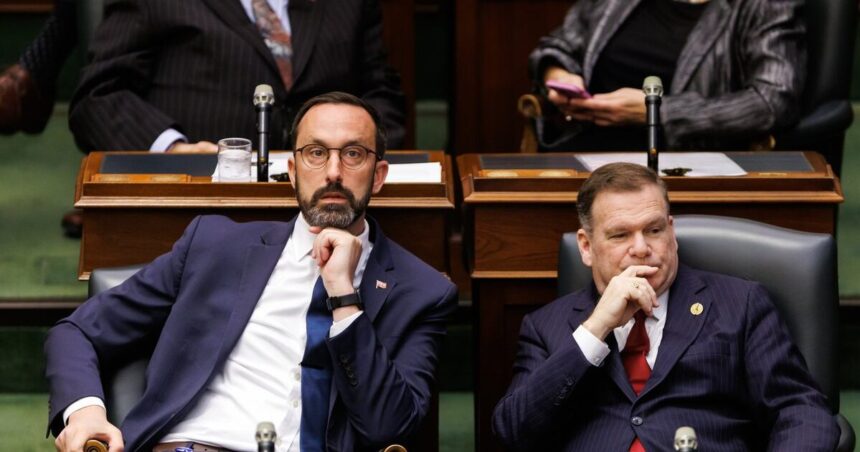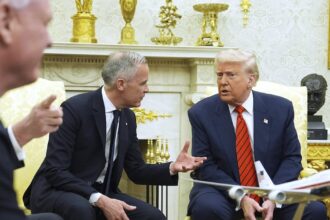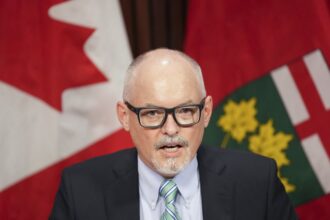The corridors of Ontario schools may soon echo with more confident footsteps as the province unveils an ambitious plan to combat its growing teacher shortage crisis. On Thursday, Education Minister Stephen Lecce announced the addition of 2,600 new teacher candidate spaces at Ontario universities, marking the most significant expansion of teacher education in over a decade.
“We’re witnessing the perfect storm of demographic shifts and pandemic aftereffects,” Lecce stated during the press conference at York University. “Our classrooms need qualified educators now, and this investment ensures we’re building the teaching workforce Ontario students deserve.”
The expansion represents a 40 percent increase in available spaces across teacher education programs provincewide. Universities will begin accepting additional candidates this September, with the first expanded cohort of graduates expected to enter classrooms by 2027.
This initiative comes at a critical moment for Ontario’s education system, which has struggled with teacher shortages that became glaringly apparent during post-pandemic recovery. School boards across the province have reported difficulties filling positions, particularly in specialized areas like French immersion, mathematics, and special education.
According to data from the Ontario College of Teachers, applications for teaching positions in key subject areas have declined by nearly 25 percent over the past five years, while student enrollment continues to climb. The shortage has forced some schools to merge classrooms or rely heavily on emergency unqualified instructors.
Dr. Marisa Torres, Dean of Education at Lakehead University, welcomes the announcement but cautions that additional steps are needed. “Expanding spaces is vital, but we must also address retention issues. Nearly 30 percent of new teachers leave the profession within their first five years due to workload concerns and lack of support.”
The $43 million initiative will prioritize critical shortage areas, with approximately 40 percent of new spaces dedicated to French-language education, mathematics, technology, and Indigenous education programs. The funding package includes $12 million specifically for northern and rural university programs to address regional disparities.
Teacher federations have expressed cautious optimism about the announcement. Ontario Secondary School Teachers’ Federation president Karen Thompson noted, “This expansion acknowledges the severity of the shortage but must be paired with improvements to working conditions and compensation to make teaching an attractive long-term career option.”
The province is also introducing a streamlined pathway for internationally educated teachers to receive Ontario certification, potentially bringing hundreds of qualified educators into the system more quickly. This component has received support from immigration advocates who have long criticized barriers facing foreign-trained professionals.
Parents like Toronto mother of three Anita Sharma feel relief mixed with impatience. “My son’s Grade 4 class had four different teachers last year because of staffing issues. It’s good they’re fixing this, but my youngest will be in high school before these new teachers graduate.”
Education policy experts suggest that while the expansion represents a significant step forward, the teacher shortage reflects broader issues in Canadian education systems that require comprehensive solutions. The province has indicated that additional announcements regarding teacher retention initiatives will follow in coming months.
As Ontario classrooms continue filling with students from increasingly diverse backgrounds and with complex learning needs, the fundamental question remains: Can this expansion close the gap quickly enough, or will students continue facing the educational consequences of too few teachers for years to come?










